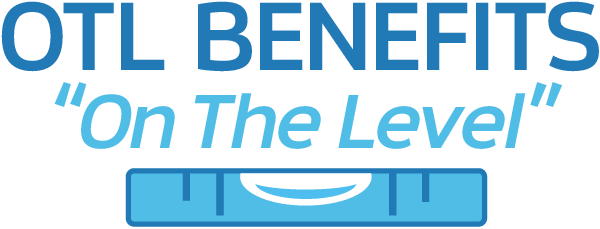The Cost of Prescription Drugs
The United States is the only developed country where the central government does not negotiate prices with prescription drug manufacturers. That is why, in 2019, US prescription drug spend per capita was roughly double that of similar countries.
Why doesn’t the federal government negotiate with the drug manufacturers? Let’s look at what is going on.
First, a recent study found that the total prescription drug spend in the United States rose 12% in 2021. Inside that overall spend, patient out-of-pocket costs were $79 billion, an increase of $4 billion, or 5%. Overall, the costs to patients were relatively low – less than $20 per prescription – due partially to so many drugs being available as generic. But about 1% of all prescriptions, or 64 million, cost patients $125. A key indicator of affordability is unfilled prescriptions, and 84 million prescriptions were not filled in 2021. A lot of people can’t afford the prescriptions that are prescribed for them.
Second, there has been some activity on whether the Federal government should negotiate drug prices with the manufacturers. Ongoing skyrocketing insulin prices in the US have acted as a poster child for a healthcare system plagued by escalating costs and inequity. After President Joe Biden made insulin pricing reform a key policy initiative for 2022, the US Congress has keyed in on legislation to lower out-of-pocket costs.
The Affordable Insulin Now Act, which passed the House by a margin of 232-193 on March 31, is designed to cap insulin copays at $35 a month under the Medicare prescription drug benefit. For patients on private health insurance, the bill caps insulin cost-sharing at $35 or 25% of a plan’s negotiated price, whichever is less. If the bill, which is now being reviewed by the Senate, finds support and reaches the President, both provisions would begin taking effect in 2023.
While there is bipartisan support for drug pricing policy reform, many Republicans oppose the specific strategy of pricing caps. In the House, 193 Republicans voted against the bill, with 12 Republicans joining Democrats in its support. While Democrats hold a majority in the House, there’s a 50-50 split between the two parties in the Senate, and protocols make it difficult to pass legislation with only a simple majority.
So, why do some legislators (on both sides of the aisle) oppose pricing caps?
Drug industry lobbyists spend a lot of money on both sides of the aisle. This money allows them to tell the story that, if the government negotiates prices, the manufacturers will not be able to afford the cost of research and development of new drugs. Elected officials in districts where many people work for the drug manufacturers receive political contributions from drug industry lobbyists. Do you think these elected officials will support the Federal government negotiating prices with the drug manufacturers? You do the math.
What can you do?
You can write to your elected officials in Washington and ask whether they accept contributions from drug industry representatives. If yes, from who and how much? They may not respond, but your inquiry sends a message that you are concerned.
If you have questions or concerns about how these issues affect your coverage, don't hesitate to call me at (978) 447-3737.
Yours in good health,
Jeff
Jeffrey W. Werner
OTL Benefits – “On The Level”

